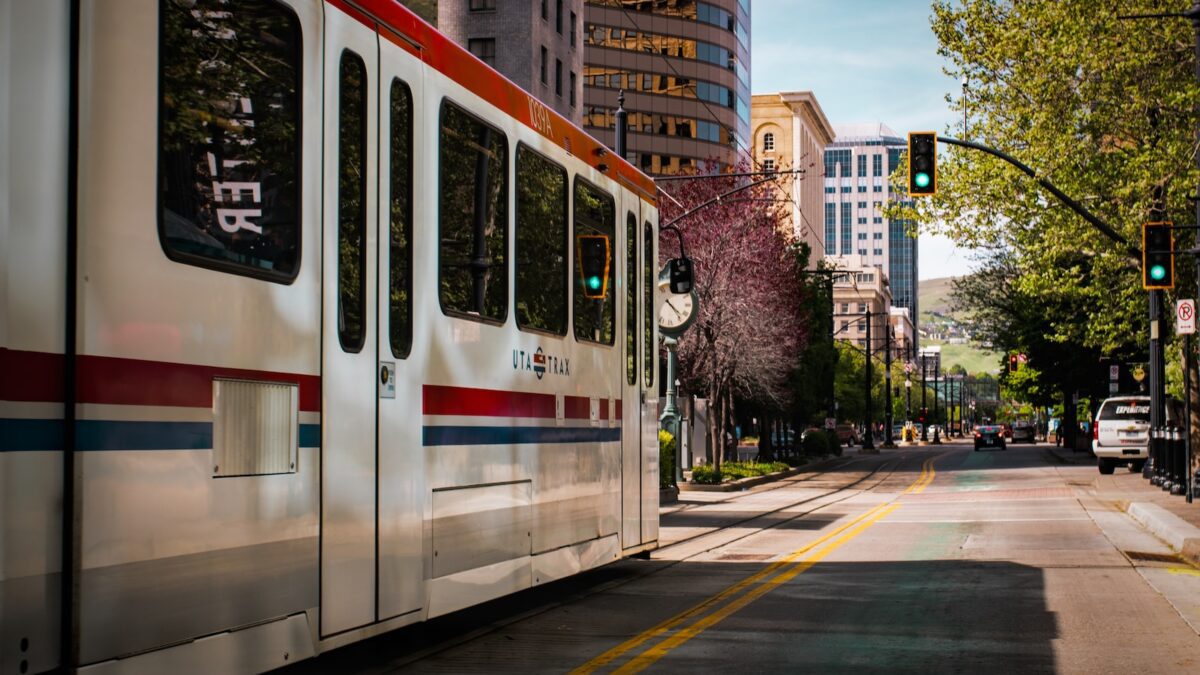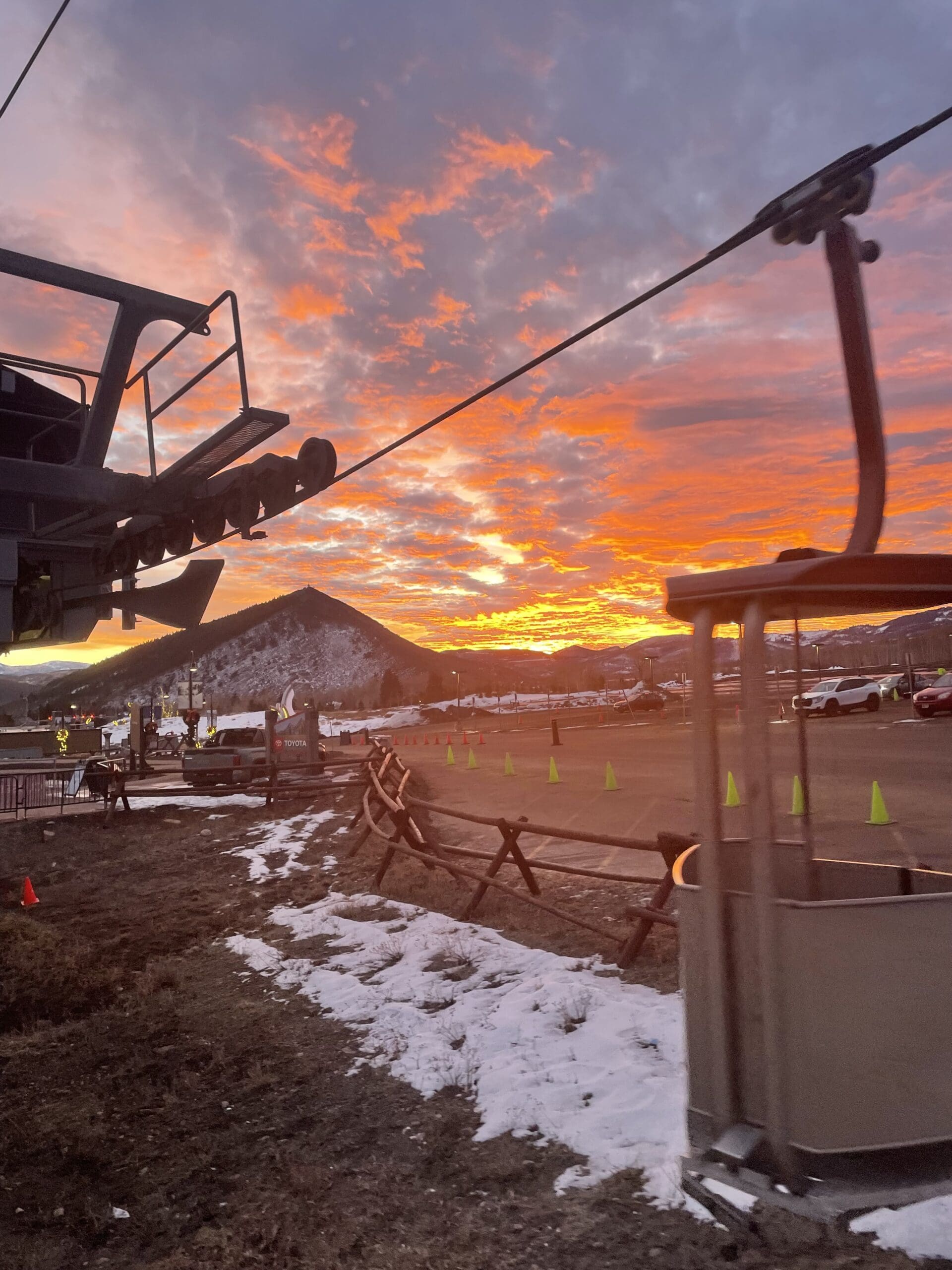Community
Push for transit, walkable communities growing across US

From Salt Lake City to Atlanta to Charlotte, North Carolina, frustrated residents are pushing for increased funding for public transportation and improvements that make it safer to travel by bike or on foot. Photo: Ashton Bingham.
ATLANTA — On the weekend in March when Brittany Glover would have turned 34, her mother stood on the same busy road in Atlanta where her daughter died six months earlier.
Glover, a flight attendant with a passion for clothes, was coming from an entertainment venue during the early morning of Sept. 19, 2022. She had lived in Atlanta for only 48 hours when she was hit by a driver while crossing Donald Lee Hollowell Parkway, which elected officials and activists call one of the most dangerous streets in the city. The driver fled and hasn’t been identified.
“Brittany didn’t have to die,” her mother Valerie Handy-Carey said, surrounded by friends and supporters as speeding cars whizzed by. Atlanta, she said, needs to do more to protect pedestrians and cyclists.
She’s far from alone in her call to action.
With pedestrian deaths in the U.S. at their highest in four decades, citizens across the nation are urging lawmakers to break from transportation spending focused on car culture. From Salt Lake City to Charlotte, North Carolina, frustrated residents are pushing for increased funding for public transportation and improvements that make it safer to travel by bike or on foot.
“We already hit the point of diminishing returns,” said Roby Greenwald, a public health professor at Georgia State University. “We’re going to have to examine other transportation modes that make that easier or else we’re just going to have to deal with increased congestion, increased traffic fatalities and increased air pollution emissions.”
Nationwide, the number of pedestrians killed in 2022 rose 13%, and cyclist fatalities were up 2% for the year, according to the National Highway Traffic Safety Administration.
“There are plenty of people who must bike and walk for transportation because that’s their only means of transportation,” said Rachael Panik, a Georgia Tech transportation systems engineering researcher.
Panik previously worked as a transportation planning consultant for cities across the southeast. She said there was unmet demand for biking and walking in most of them.
“More people want to bike, more people want to walk, but they can’t because it’s either not safe or the destinations that they need to get to are too far and they can’t,” she said.
Quanisha Ball, 31, was struck by a car and killed in November while crossing a street on her way to work in the Atlanta suburb of Decatur. The driver was identified but never charged.
“I wanted to cross that street to see how dangerous it is. It’s dangerous,” said Courtney Thompkins, Ball’s mother. Pushing a button gives pedestrians less than a minute to cross seven or eight lanes of traffic, adding that speed bumps, better lighting and longer crossing times would help.
Atlanta City Councilman Jason Dozier said he realized he could have been another victim — he was hit by a car while riding a bike.
“That experience really did a lot to radicalize me,” Dozier said.
He and 10 council members have proposed zoning legislation to prevent drive-thrus and gas stations from being built around the Atlanta BeltLine, a bike and pedestrian trail that runs through numerous city neighborhoods.
Some city leaders across the country are already taking big steps to reduce car traffic.
In 2021, the city council in Charlotte, North Carolina, adopted a plan to expand their transit system by adding shaded bikeways, bus routes and commuter rail lines in the next two decades. One goal is to reduce single-person trips by 25%, said Shannon Binns, president of Sustain Charlotte, a nonprofit organization focused on local sustainability.
“It’s an ambitious goal, but of course it will require us to really make a lot of different decisions budget-wise to give people those opportunities to get around without a car,” Binns said.
Salt Lake City Mayor Erin Mendenhall has made pedestrian safety a priority for 2023 after her city saw an increase in fatalities in 2022 and a tragic start to 2023. In the span of a few weeks, two sets of kids on foot and a pair sharing a bicycle were all hit by drivers but fortunately survived, she said.
“The accidents that have happened from vehicles increasing means that we have to go beyond the way we’ve been operating,” Mendenhall said.
A local mobility advocacy group called Sweet Streets Salt Lake City has worked with the city council to drop the speed limit on residential streets and is pushing the city to create a network of byways that cater to walking, biking and jogging.
“We really do believe our policy choices are killing people, and the way we stop doing that is by changing those policies,” Sweet Streets Board member Benjamin Wood said.
Despite some encouraging signs, advocates face high hurdles to creating walkable and transit-friendly communities.
The Utah Transit Authority implemented an on-demand service that is a combination of a public bus and ridesharing. It’s been popular, but it’s underfunded.
“We didn’t realize it would be as wildly popular as it is, and now, we’re turning away rides because we can’t afford to run more service,” the transit authority’s transportation division director, John Larsen, said during a January work session.
In Charlotte, city council members have complained about the lack of progress with the 2030 Transit Corridor System Plan.
The city must gain local funding to access federal dollars for the mobility plan. One option is to create a referendum for a local sales tax, but city officials are already hearing it would be unlikely to win approval from the state legislature. Dana Fetton, a lobbyist for Charlotte’s city government, recently told council members if they presented the transit plan as is to the legislature, it would be “dead on arrival.”
Winning funding for safe or sustainable transportation projects is a challenge nationwide.
The Georgia Department of Transportation first devotes resources to projects considered state priorities, such as interchange and bridge improvements. That leaves lower tier projects — like improving the parkway where Glover was fatally struck in Atlanta — to compete for funding.
Donald Lee Hollowell Parkway had more than 1,900 crashes over the course of a decade before construction began to make it safer by narrowing parts of the roadway from four lanes to three, according to the Georgia Transportation Department. The changes won’t affect the stretch where Glover was killed.
Standing on a corner of the busy street with a handful of birthday balloons and flowers, Handy-Carey said she was worried about whether any improvements would come.
“I’m feeling that the state of Georgia, the city of Atlanta, Fulton County, didn’t value me or my daughter’s life,” she said. “Even after Brittany was killed, you still have more people dying. How many more people have to die?”
By SHARON JOHNSON Associated Press.


















